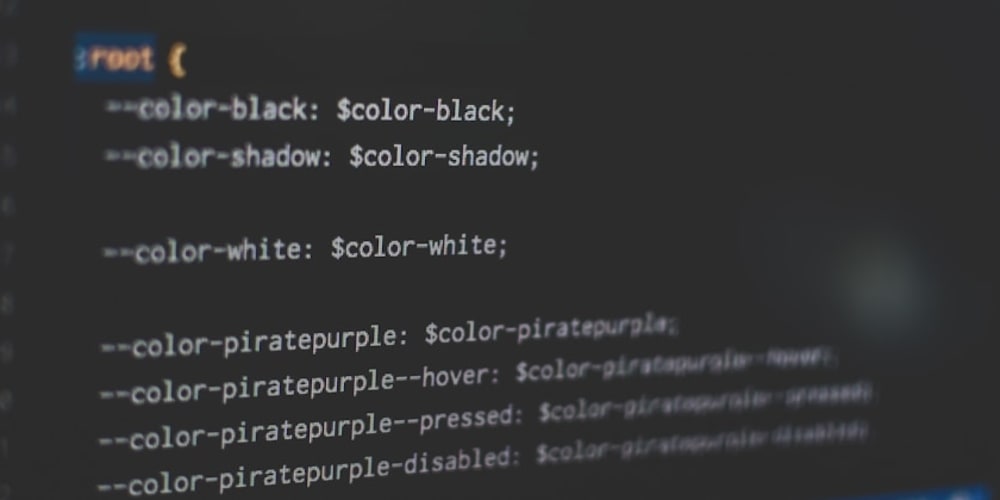This is a bit of an oldie. Very old, in fact, since this question has been around since c# was born. And likely before that for other languages.
What's the difference between these code snippets?
try
{
...some code
}
catch (Exception)
{
throw;
}
try
{
...some code
}
catch (Exception e)
{
throw e;
}
Well, it's all about where the exception originates and what happend to the stacktrace...
throw : Using a "throw" statement preserves the original error stack information. In exception handling "throw" with empty parameter is also called re-throwing the last exception.
throw e : Using a "throw e" statement, the stack trace of exception will be replaced with a stack trace starting at the re-throw point. It is used to intentionally hide stack trace information.
Most of the time you will want to 'throw;'.



















